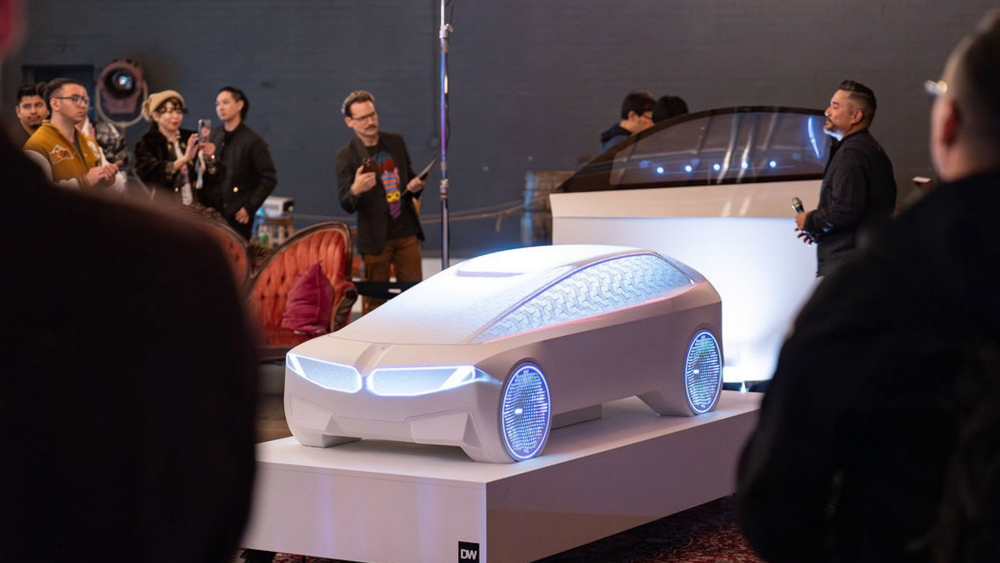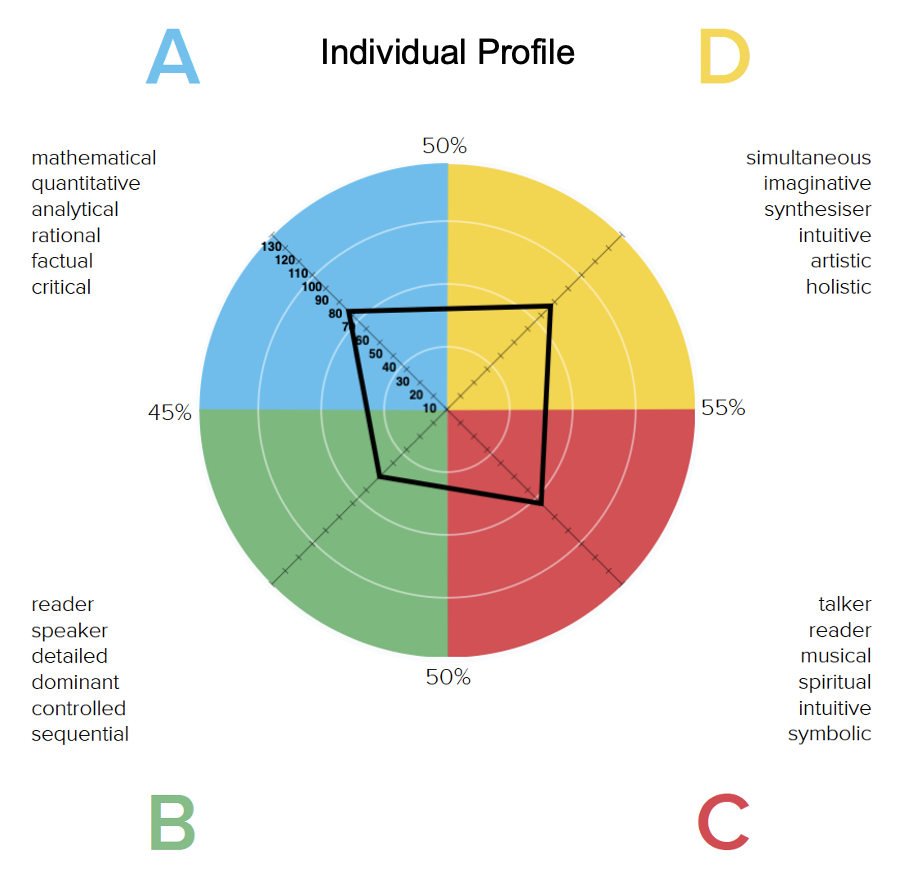
Konzepthaus news
Explore Konzepthaus' latest innovations and updates, designed to provide state-of-the-art solutions for your success. We're committed to staying at the forefront of industry advancements.

Embracing Change through Perception in Automotive Design
In the ever-evolving field of automotive design, our perspective plays a pivotal role in steering the course of innovation and personal growth. It shapes how we interpret challenges, respond to industry shifts, and make strategic decisions that push boundaries.
Inherently subjective perception varies from one designer to the next. This variation is influenced by our unique experiences, beliefs, and emotions. This diversity of perception can mean that two designers may experience the same industry trend or challenge, but come to completely different conclusions or inspirations.
Our perceptions can either anchor us in the safety of the familiar or propel us into the realm of the unknown and innovative. Viewing design challenges as insurmountable barriers can keep us in the 'fear zone', limiting our creative potential and willingness to experiment. Conversely, seeing these challenges as opportunities can catapult us into the 'learning and growth zones' where the true essence of innovation and personal development lies.
The way we see the world around us reflects how we see ourselves in it. A negative view of ourselves can hinder our ability to reach our full potential, while a positive view can fuel our drive to overcome obstacles and pursue our aspirations in design and beyond.
By consciously acknowledging and shaping our perceptions, we can clarify our path to personal and professional development. Challenging our views, embracing new ideas, and moving beyond our comfort zones are essential steps toward growth and excellence in automotive design.
Let us harness the power of perception to enrich our journey in automotive design, encouraging us to explore uncharted territory and redefine the boundaries of what is possible.

Design Strategy
In the fast-paced world of mobility, where innovation drives progress, it is vital to have a clear vision, mission, and culture. These elements not only define an organisation, but also serve as guiding principles for its actions and decisions. However, achieving clarity in these areas is often easier said than done.
Enter design strategy - a powerful tool that can align teams, inspire creativity, and drive design team success. By weaving together the threads of vision, mission, and culture, a well-defined design strategy can provide a unified roadmap for the future. Let's take a closer look at why this is important.
The power of clarity:
A clear vision outlines the destination - it's the North Star that guides every endeavor. Similarly, a well-articulated mission defines the purpose, answering the question of why the organisation exists. Together, these elements create a sense of direction and purpose that is critical to navigating the complexities of the mobility landscape. Culture, on the other hand, shapes the behaviors and attitudes within a design organisation. It's the invisible force that drives actions and decisions. A strong culture fosters innovation, collaboration, and adaptability - essential qualities in an industry where change is constant.
Design strategy as a catalyst:
A design strategy acts as a bridge between these fundamental elements. It translates the abstract into the tangible, providing a framework for innovation and growth. By weaving the organisation's vision, mission, and culture into its fabric, a design strategy ensures that every decision and action is aligned with the overarching goals.
For design, this clarity is transformative. It provides a clear understanding of the organisation's aspirations and empowers designers to create solutions that not only meet user needs but also resonate with the company's ethos. This alignment fosters a sense of ownership and pride, driving productivity and innovation.
The ripple effect:
The benefits of a well-defined design strategy extend beyond the design department. It creates a ripple effect throughout the organisation, influencing processes, relationships, and ultimately the bottom line. Teams collaborate more effectively, stakeholders are engaged, and customers receive products and services that exceed expectations. In addition, a cohesive design strategy strengthens the organisation's brand identity, fostering trust and loyalty among customers and partners alike. In a competitive marketplace, this can be the difference that sets an organisation apart.

HBDI
Have you heard of HBDI? We use this method with many design teams to assess different thinking styles. After completing a 10-minute questionnaire, a profile of your individual thinking preferences is created.
Sharing the profiles promotes understanding and communication. We recognise individual strengths and can better understand where we need to stretch our thinking. This leads to increased performance and success.
Combining all the profiles of a group unlocks unused potential and makes it even more obvious how diverse our thinking is!